Hydrojetting
What is Hydrojetting
I’d like to introduce you to a highly effective drain cleaning method known as hydrojetting. This powerful technique utilizes a specialized high-pressure hose with a nozzle that releases water at an incredible force. The water blasts through your pipes, effectively clearing out stubborn clogs, accumulated debris, and even tree roots that may have invaded your sewer lines. Unlike traditional methods like snaking, hydrojetting provides a more thorough cleaning, as it can reach every nook and cranny of your pipes. This process not only restores the flow within your plumbing system but also helps to prevent recurring clogs and prolong the life of your pipes. It’s essential to work with a qualified plumber who is experienced in hydrojetting to ensure the safety and efficiency of the procedure.
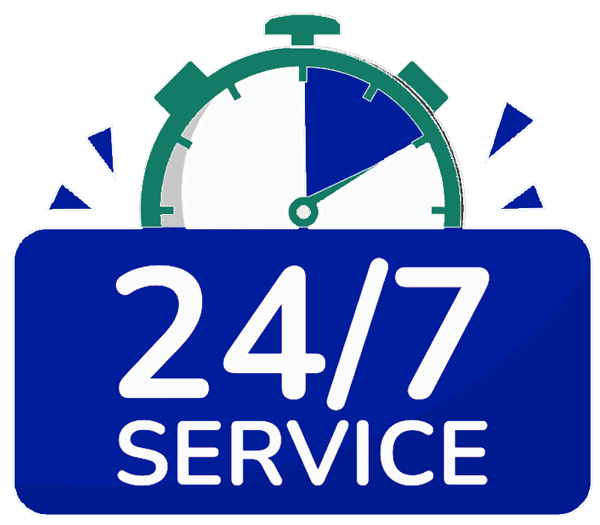
Types of Situations for Hydrojetting
Grease Buildup
Over time, grease and fat can accumulate inside the pipes, forming stubborn blockages that are difficult to clear with traditional methods.Hydrojetting can effectively break down and remove these deposits.
Tree Root Intrusion
Tree roots can infiltrate sewer lines, causing significant damage and blockages. Hydrojetting can cut through and remove tree roots, clearing the obstruction and allowing for proper flow.
Scale & Mineral Deposits
Hard water can cause mineral deposits and scale to build up inside pipes, gradually narrowing the passage and causing slow drains or backups. Hydrojetting can effectively remove these deposits, restoring the diameter of the pipe and improving water flow.
Heavy Sludge& Sediment
Accumulated sludge and sediment can create stubborn clogs in sewer lines. Hydrojetting can forcefully remove this buildup, allowing water to flow freely through the pipes.
Recurring Clogs
If you are experiencing frequent clogs in your plumbing system, hydrojetting can provide a more thorough cleaning compared to traditional methods, preventing the recurrence of blockages.
Prepping for Pipe Lining
When planning to reline a damaged pipe with a cured-in-place pipe (CIPP) liner, hydrojetting is often used to ensure the pipe is clean and free of debris before the lining process begins.
Maintenance & Prevention
Regular hydrojetting can be performed as part of a preventive maintenance plan to keep pipes clean, minimize the risk of clogs, and prolong the life of the plumbing system.


*Free Estimates During Regular Business Hours.
How Much Time Will Hydrojetting Take?
The time it takes to complete the hydrojetting process can vary greatly depending on several factors such as the size and complexity of the plumbing system, the severity of the clog or buildup, and the accessibility of the pipes.
For a relatively simple residential job with a straightforward blockage, hydrojetting might take as little as one to two hours. In the case of commercial properties, which often have larger and more complex plumbing systems, the process can take anywhere from several hours to a full day or more.
More complicated situations, such as extensive tree root intrusion, may also require additional time. It’s essential to consult with a professional plumber who will assess your specific situation and provide an accurate estimate of the time required to complete the hydrojetting process for both residential and commercial jobs.
What Clients Are Saying
Our Services
We are a Full service Plumbing Company, If you don't see what you need, call us
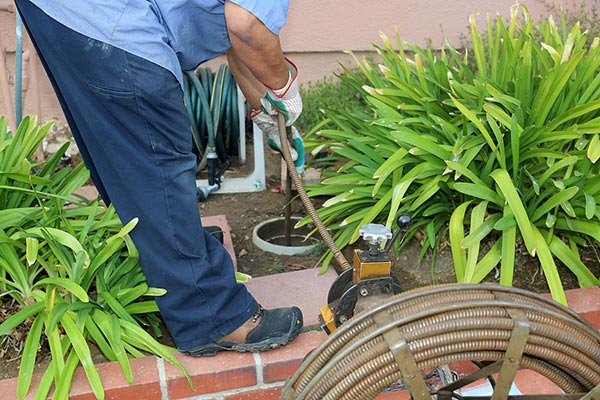
Drain Cleaning

Broken Pipe Replacement
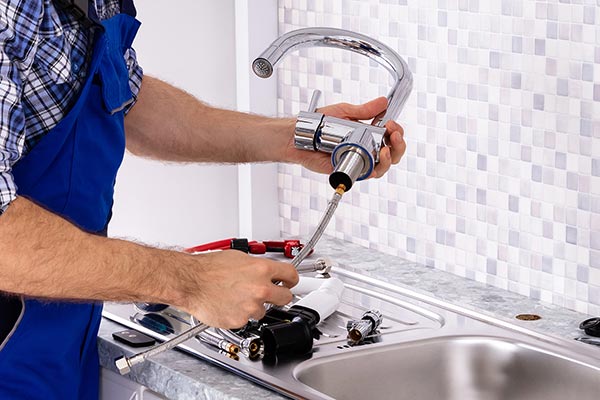
Sewer Line Inspection & Repair

Leak Detection
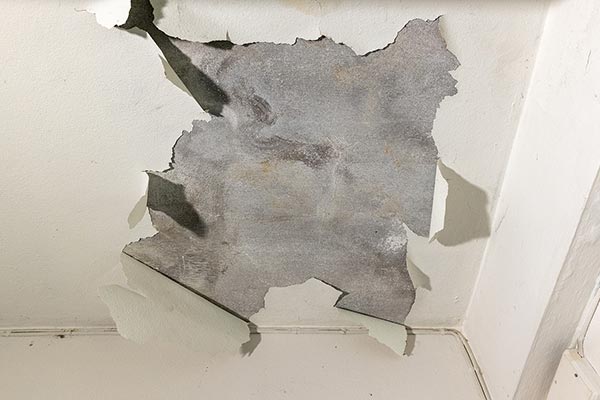
Slab Leak

Gas Leak Repair
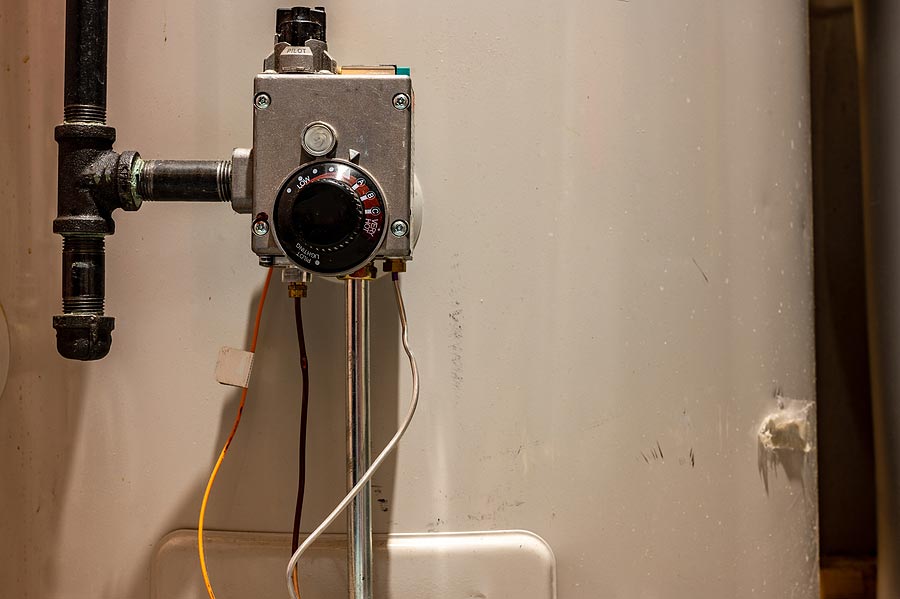
Water Heaters

Tankless Water Heater Installation

Hydrojetting

